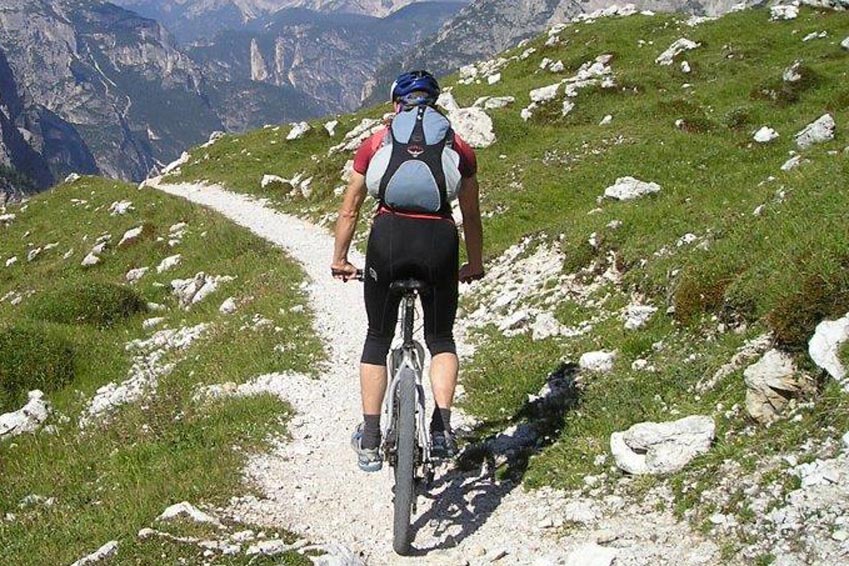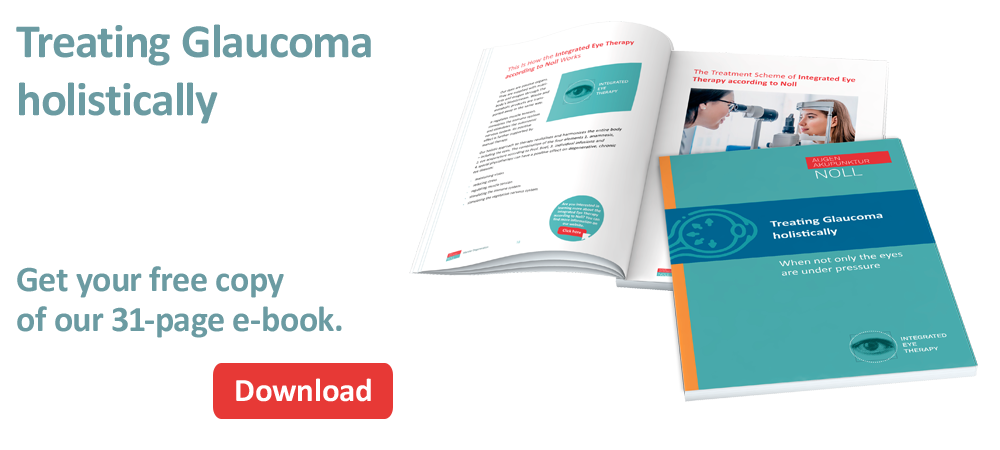Regular physical exercise reduces the risk of developing glaucoma. A recent study has found that exercise can also significantly slow down the progression of the eye condition.
Experts from the German Ophthalmological Society (DOG) report a reduction in intraocular pressure after activities such as running. The most fundamental step in stopping an impending loss of vision remains timely diagnosis by the ophthalmologist.
Glaucoma is the most common cause of blindness in Germany
Glaucoma is the most common cause of blindness in Germany. This disease damages the optic nerve and affects about one million people here in Germany. Worldwide, about 3 million people lose their eyesight every year due to this glaucoma disease. Several influences determine how rapidly the loss of sight progresses. The increased intraocular pressure is the biggest risk factor.
Sport significantly lowers the rate of new cases of glaucoma
An observational study of 9519 men and women aged between 40 and 80 years found that the rate of new cases of glaucoma in physically active people is significantly lower than in physically inactive people.
“This effect became apparent in the almost six-year observation phase even when other factors such as diet, smoking or alcohol consumption were taken out, which are often associated with the fitness level,” explained Professor Dr. med. Hagen Thieme, Director of the Eye Clinic at the University Hospital Magdeburg.

Endurance sport like cycling helps with glaucoma (Pixabay)
Studies show: Endurance sports temporarily lower the intraocular pressure
The DOG expert believes that a positive effect of physical exercise on glaucoma is quite possible. He pointed out that aerobic sports such as running, walking and swimming can temporarily reduce intraocular pressure. “The reduction lasted between ten minutes and two and a half hours, depending on the previous sporting intensity.”
Several studies have shown that the optic nerve head is better supplied with blood in physically active people. In addition, sport and exercise stimulate several neuronal repair mechanisms in the brain.
This has been shown for some diseases of the central nervous system such as stroke. Scientists believe that the same is true for nerve cells and fibres in the optic nerve head. This could explain why physically active people are less likely to develop glaucoma.
 Preventive medical check-ups from the age of 40
Preventive medical check-ups from the age of 40
Therefore, prevention and early diagnosis continue to play a crucial role in glaucoma patients. This is because affected patients usually do not feel increased intraocular pressure for a long time.
When visual disturbances occur or failures in the central or external field of vision occur, the disease is usually already very advanced and must then be treated with medication to prevent further damage.
It is therefore advisable to have the optic nerves examined by an ophthalmologist from the age of 40. From the age of 60 onwards, an annual optic nerve check is recommended.


Leave a Reply